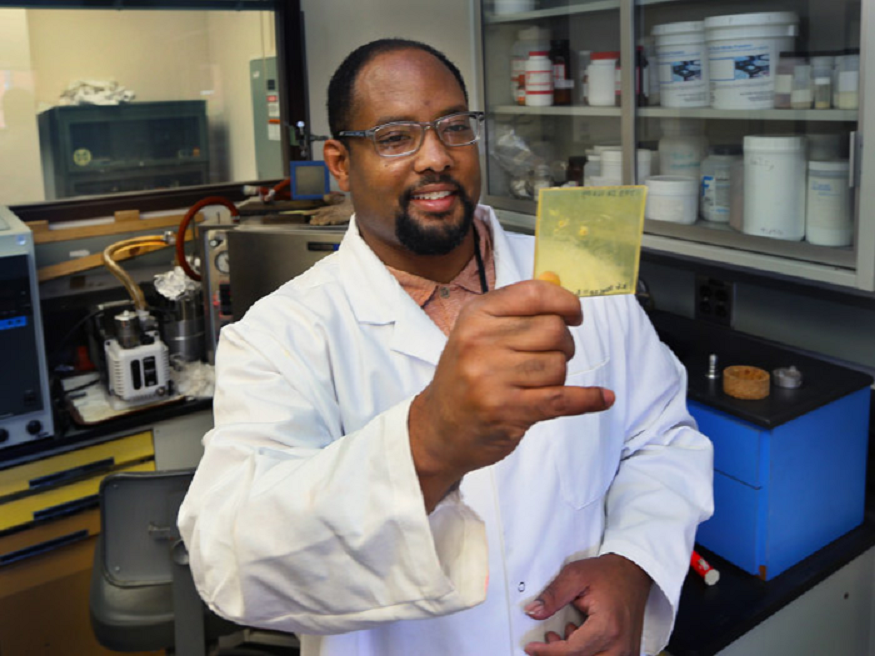
NASA researchers have reportedly developed a multi-layered self-healing material that can mitigate the impact from ballistic or hypervelocity events such as micrometeoroids or orbital debris. The system is constructed in a tri-layered structure, comprising a solid plastic front and back layers sandwiching a viscous, reactive liquid middle layer. Self-healing in the front and back layers occurs when the puncture event creates a melt state in the polymer materials and the materials melt elasticity snaps back and closes the hole. The viscous middle layer can increase the self-healing properties of the other layers by flowing into the gap created by a ballistic puncture and concurrently solidifying due to the presence of oxygen. Thus, this innovation has two tiers of self-healing: a puncture-healing mechanism triggered by the projectile and a second mechanism triggered by the presence of oxygen, NASA says.
While developed with space exploration in mind, the innovation has many other applications, such as fuel tanks and hydraulic insulation, NASA says.
According to the organization, the material has self-healing capability over a wide range of temperatures and could be tailored for use in structural load-bearing applications.
This story uses material from NASA, with editorial changes made by Materials Today. The views expressed in this article do not necessarily represent those of Elsevier.



